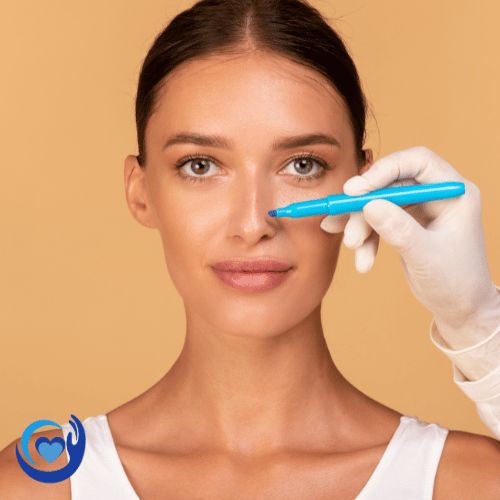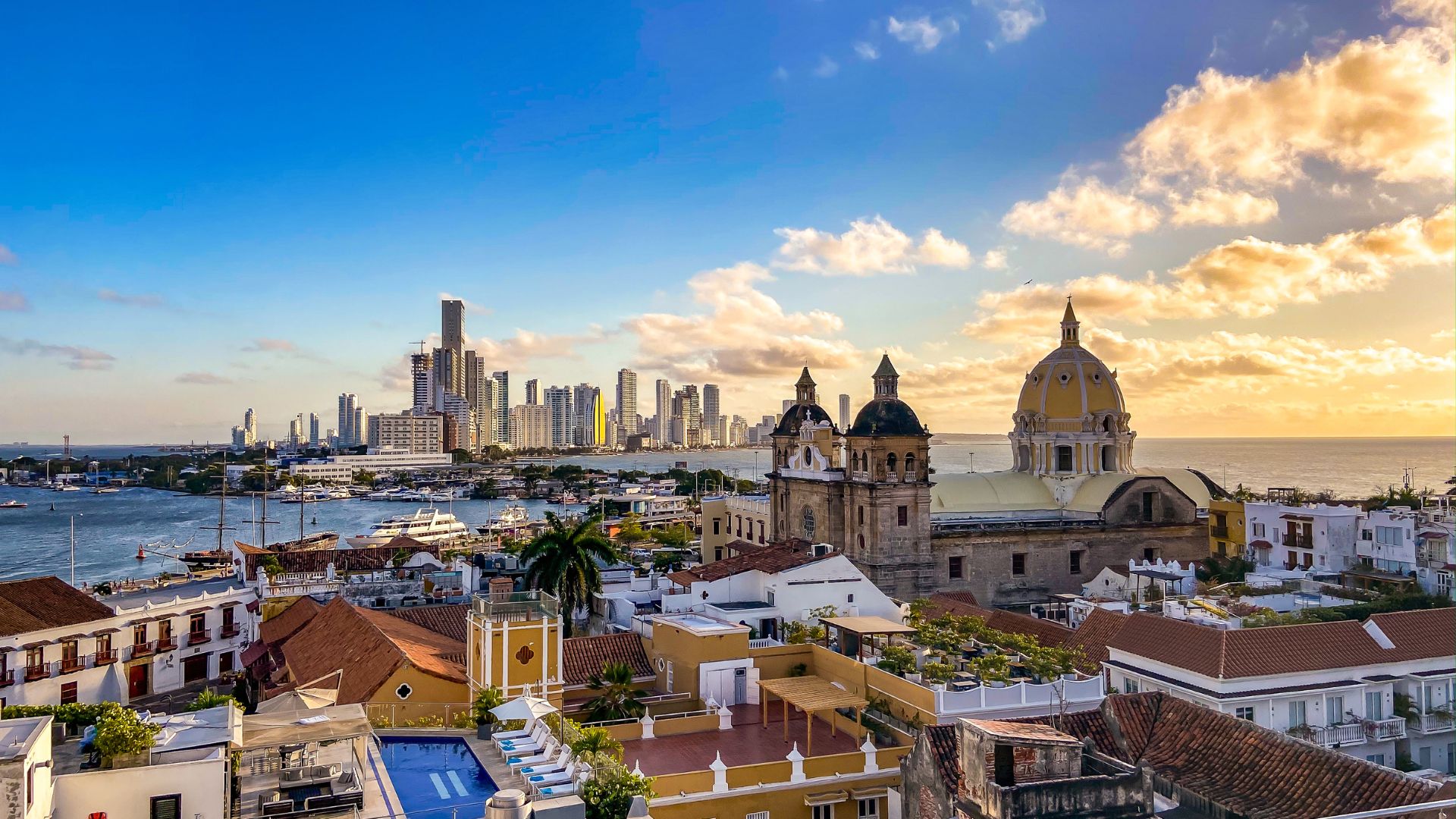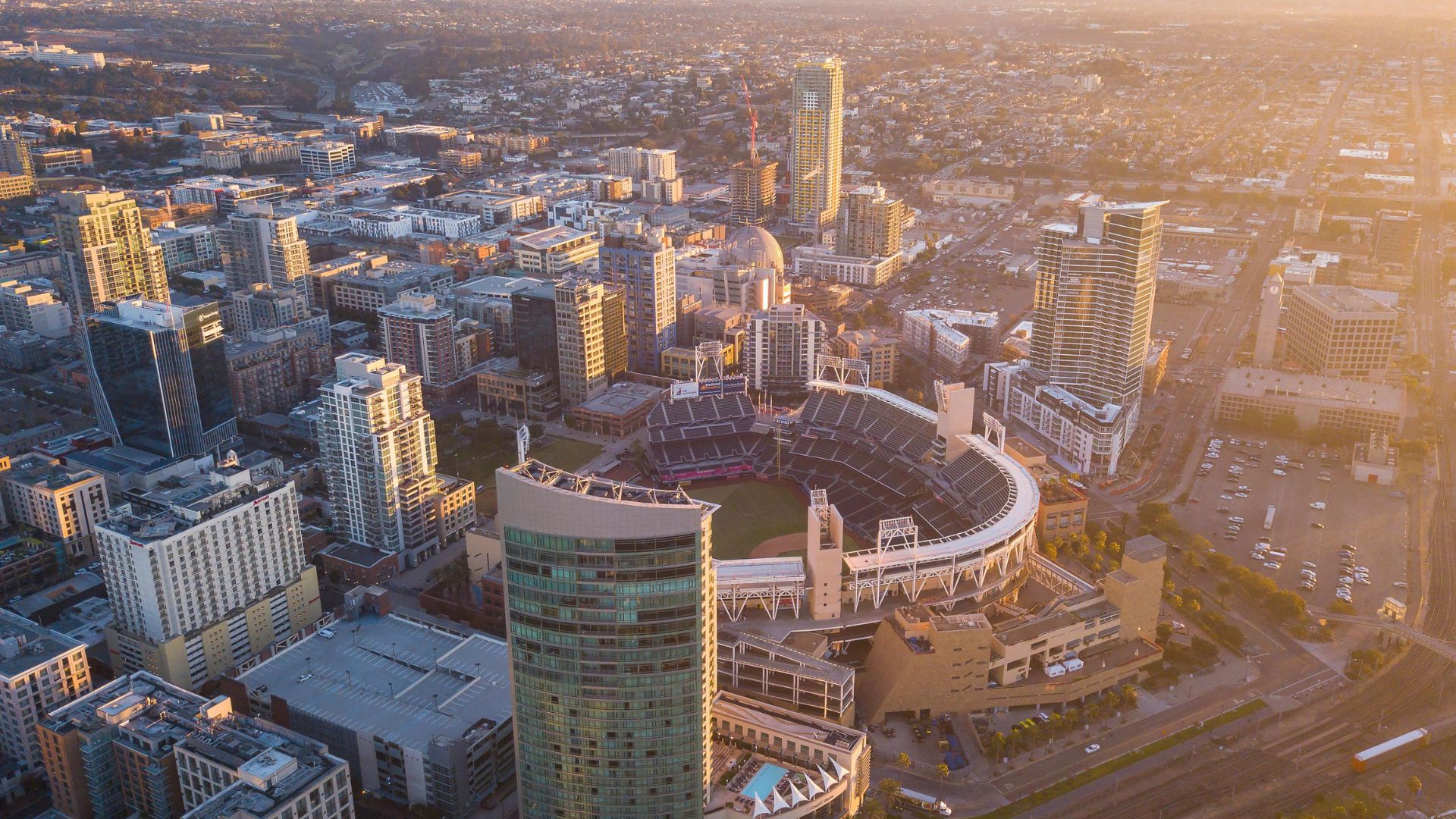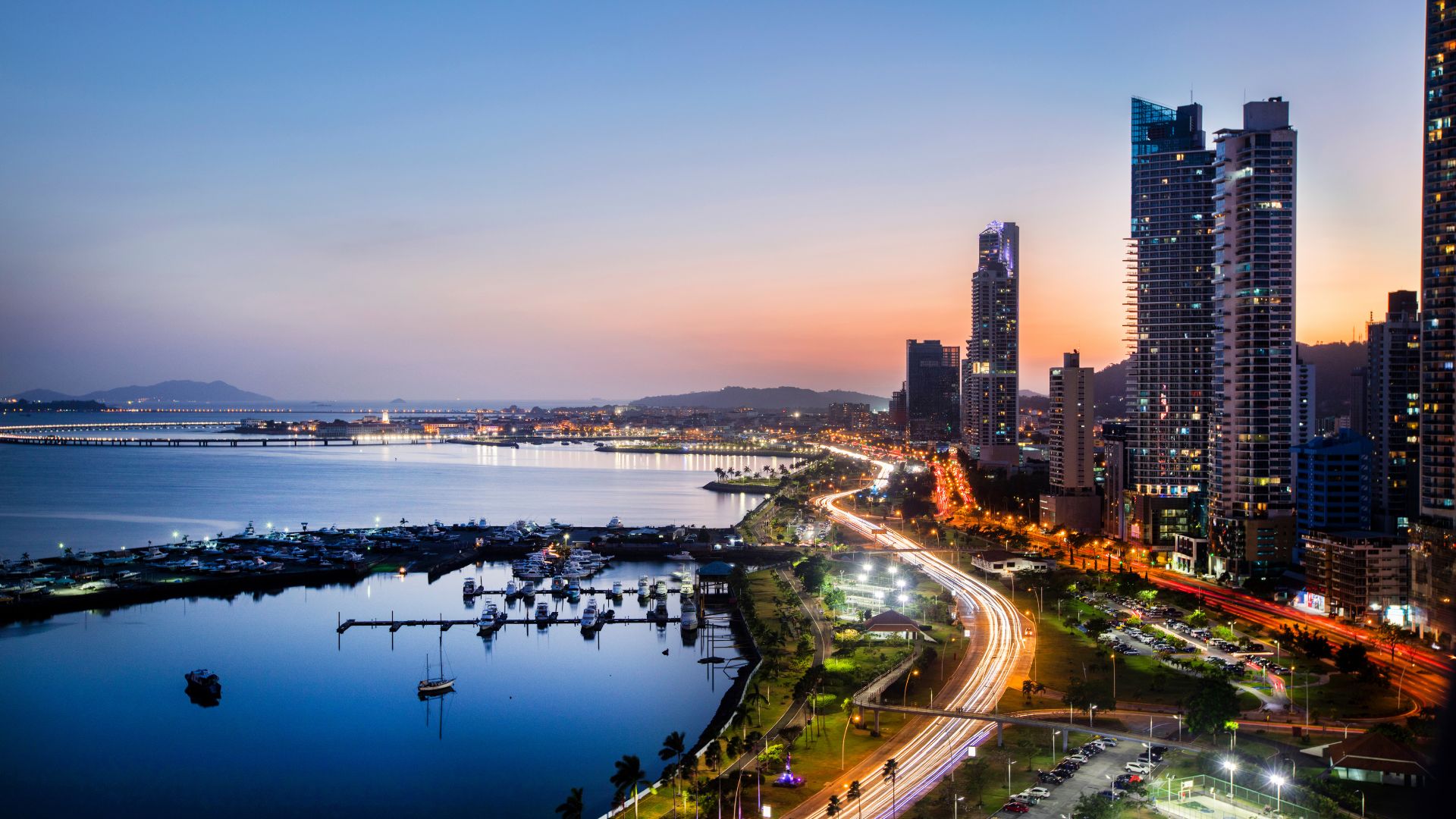Book Appointment Now
Rhinoplasty & Nose Job in Latin America | Board-Certified Plastic Surgery Abroad
Expert cosmetic nose surgery with board-certified surgeons at 70% less than US prices
Rhinoplasty and nose job surgery in Latin America offer world-class cosmetic surgery solutions at affordable prices. Whether seeking ethnic rhinoplasty, functional breathing improvements, or aesthetic enhancement for facial harmony, our medical tourism packages connect you with board-certified plastic surgeons specializing in nasal structures and Hispanic rhinoplasty techniques. From open rhinoplasty to closed procedures, our partner clinics in Colombia, Costa Rica, and Panama provide comprehensive care including pre-operative consultations, advanced surgical techniques, and post-operative recovery support. With modern facilities, English-speaking medical staff, and personalized treatment plans, patients achieve natural-looking results while saving significantly on cosmetic surgery costs compared to North American procedures.
Rhinoplasty, commonly known as nose surgery or nose job, reshapes the nose to enhance facial harmony and correct breathing issues. This procedure can modify the size, shape, and angle of the nose for improved aesthetics and function.
Save money while receiving trusted cosmetic care from board-certified plastic surgeons in Latin America.
Rhinoplasty, commonly known as nose surgery or nose job, reshapes the nose to enhance facial harmony and correct breathing issues. This procedure can modify the size, shape, and angle of the nose for improved aesthetics and function. General anesthesia is normally used.
Why Choose Rhinoplasty & Nose Job Surgery in Latin America?
You may be a suitable candidate for rhinoplasty if:


Client Reviews
Top Board-Certified Plastic Surgeons for Nose Surgery
Latin America is renowned for expert rhinoplasty and nose job surgery, combining significant cost savings with world-class care. Key destinations include Colombia, known for board-certified plastic surgeons specializing in ethnic rhinoplasty; Costa Rica, offering serene recovery environments and English-speaking medical staff; and Panama, featuring cutting-edge surgical technology and expertise in Hispanic nose surgery techniques.
What Happens During the Procedure?
Your rhinoplasty is performed under general anesthesia in our state-of-the-art facilities. Our board-certified plastic surgeons use either open or closed rhinoplasty techniques, depending on your specific needs. Here’s what happens:
Rhinoplasty Techniques & Specialized Procedures
Our board-certified plastic surgeons specialize in various rhinoplasty techniques to meet diverse patient needs
Cost of Rhinoplasty & Nose Job Surgery Abroad
Compare the significant savings available for rhinoplasty procedures in Latin America
| Procedure Type | United States Price Range | Colombia Price Range | Panama Price Range | Costa Rica Price Range | Potential Savings (vs. US) |
|---|---|---|---|---|---|
| Primary Rhinoplasty (Standard nose job) | $6,000 – $12,000 | $3,000 – $4,500 | $2,500 – $3,500 | $2,000 – $4,000 | 50-70% |
| Complex Rhinoplasty (Major structural changes) | $8,500 – $15,000 | $4,500 – $6,000 | $3,500 – $4,500 | $3,500 – $5,000 | 50-65% |
| Revision Rhinoplasty (Correcting previous surgery) | $9,000 – $20,000 | $5,000 – $7,000 | $4,000 – $5,500 | $3,700 – $5,300 | 45-60% |
| Tip Rhinoplasty (Nasal tip only) | $7,000 – $15,000 | $2,500 – $3,500 | $2,000 – $3,000 | $2,000 – $4,000 | 55-70% |
| Ethnic Rhinoplasty (Preserving ethnic features) | $7,800 – $12,000 | $3,500 – $5,000 | $3,000 – $4,000 | $2,500 – $4,500 | 50-65% |
| Septorhinoplasty (Combined with septum repair) | $8,300 – $14,000 | $4,000 – $5,500 | $3,500 – $4,500 | $3,000 – $5,000 | 45-65% |

What’s Included in Our Cosmetic Surgery Packages
- Before you arrive:
- Initial online consultation with board-certified plastic surgeon.
- Review of your aesthetic goals and medical history.
- Pre-travel meeting with your patient advocate to confirm itinerary.
- Day 1 – Arrival day:
- Arrival in Colombia, Costa Rica, or Panama.
- Airport welcome by your English-speaking advocate.
- Comfortable transport to recovery accommodation.
- Welcome briefing and surgery preparation.
- Day 2 – Preparation day:
- Pre-operative consultation with your plastic surgeon.
- Final discussion of surgical plan and expectations.
- Pre-surgical tests and anesthesia consultation.
- Day 3 – Surgery day:
- Transport to accredited surgical facility.
- Rhinoplasty procedure with general anesthesia.
- Post-operative recovery monitoring.
- Return to accommodation with nursing support.
- Days 4-6 – Recovery days:
- Daily check-ins with medical staff.
- Splint care and medication management.
- 24/7 advocate support available.
- Follow-up consultation before departure.
- Day 7 – Departure day:
- Final medical clearance for travel.
- Airport transport provided.
- Post-operative care instructions.
- Continued virtual follow-up support.
Recovery & Post-Operative Care for Nose Surgery
Before Surgery:
- Consultation with board-certified plastic surgeon to discuss aesthetic goals
- Computer imaging to visualize potential results
- Pre-surgery instructions including medication adjustments and smoking cessation
During Surgery:
- Procedure performed under general anesthesia for comfort
- Surgeon makes precise incisions based on chosen technique
- Bone and cartilage sculpted to achieve desired shape
- Functional improvements made if addressing breathing issues
After Surgery:
- Splint and bandages protect and support your new nose shape
- Expected swelling and bruising around eyes improving after few days
- Pain management with prescribed medications
- Follow surgeon’s post-operative care instructions carefully
- Full recovery with final results visible after several months
Recovery Timeline for Rhinoplasties
Your recovery progresses through predictable stages:
First Week
Splint protects your nose while initial healing begins. Expect bruising and swelling around eyes – completely normal. Sleep with head elevated using extra pillows. Cold compresses help reduce swelling. Pain medication keeps you comfortable during this initial phase.
Weeks 2-3
Most patients return to work if job isn’t physically demanding. Bruising fades significantly and breathing improves. Major swelling subsides, revealing early changes in nose appearance. Social activities can resume with care.
Months 1-3
Gradual return to regular activities including exercise. Most swelling resolved, nose shape becoming clearer. Sensation returns to nasal tip. Protection from sun exposure remains important.
Long-term Results
Final nose shape settles over 12+ months. Results look natural and last permanently. Improved facial harmony and, if applicable, better breathing function. Patient satisfaction rates extremely high with board-certified surgeons.
FAQs – Common Questions about Rhinoplasty & Nose Job Surgery
Colombia, Costa Rica, and Panama offer board-certified plastic surgeons specializing in ethnic rhinoplasty, modern surgical facilities, significantly lower costs than North America, and expertise with Hispanic and Latino nasal structures.
Rhinoplasty costs in Colombia, Costa Rica, and Panama are significantly lower than US prices, with comprehensive packages including surgery, accommodation, recovery support, and medical tourism coordination.
Open rhinoplasty involves an external incision across the columella for better surgical access, while closed rhinoplasty uses only internal incisions. Your surgeon will recommend the best technique based on your nasal structure and desired results.
Absolutely. Our board-certified plastic surgeons specialize in Hispanic rhinoplasty techniques that enhance facial harmony while preserving ethnic characteristics and understanding unique nasal structures.
Packages include board-certified surgeon consultation, surgical procedure, general anesthesia, post-operative care, recovery accommodation, airport transfers, and English-speaking patient advocate support across our partner clinics in Colombia, Costa Rica, and Panama.
Initial recovery takes 1-2 weeks with splints and bandages. Most patients return to work after 2-3 weeks, with final results visible after several months as nasal structures fully heal.
Yes, all our partner surgeons are board-certified plastic surgeons with specialized training in rhinoplasty, facial plastic surgery, and cosmetic procedures, many with international certifications.
Many patients feel that rhinoplasty is worth it, especially if it improves their appearance, self-esteem, and breathing function. The decision is personal and should be made after thorough consultation with a qualified board-certified plastic surgeon.
Incisions are usually made inside the nostrils or in inconspicuous locations on the nose, so visible scarring is minimal. Proper post-operative care can further reduce the appearance of any scars.












